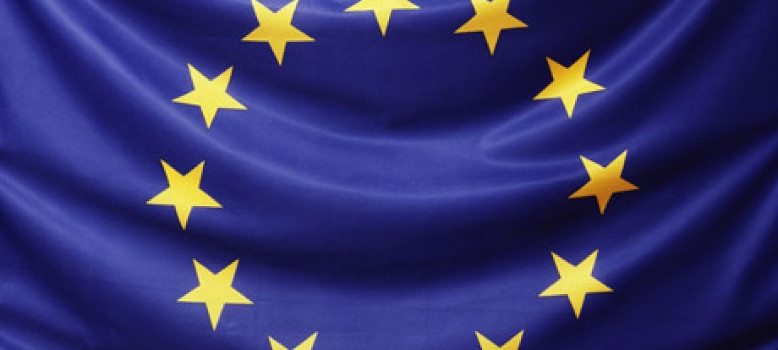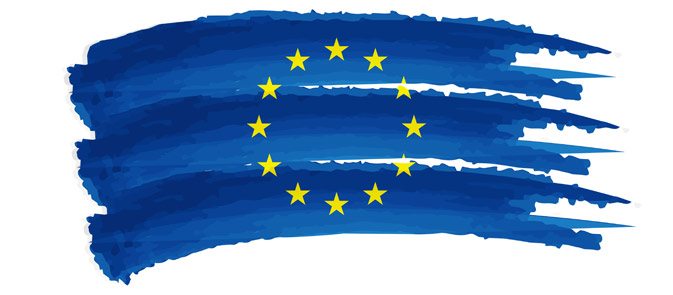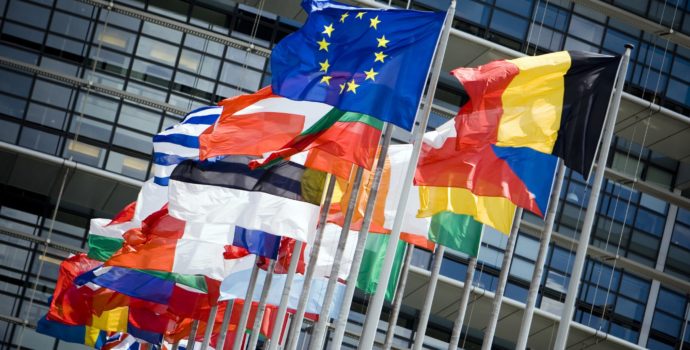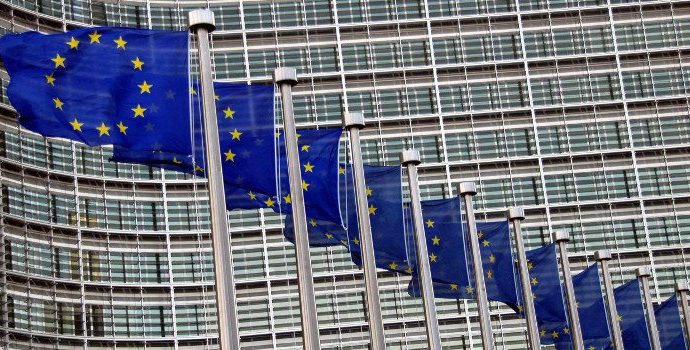European Commission Daily News 22nd April

Earth Day: New JRC report shows the shrinking amount of primary forests in Europe and calls for their mapping and strict protection
Today, on the ‘Earth Day’ a new report on ‘Mapping and assessment of primary and old-growth forests in Europe’, published by the European Commission’s Joint Research Centre shows that about 4.9 million hectares of the EU’s forests are ‘primary’ or ‘old-growth’. These are forests that follow natural dynamics, exist in their original condition and are largely untouched by human interference. These forest types are the natural heritage of Europe, but account for only 3% of the EU’s total forested area and 1.2 % of the EU’s landmass. Protecting them is vital for preserving biodiversity and mitigating climate change. Commissioner for Innovation, Research, Culture, Education and Youth, Mariya Gabriel, said: “Our experts at the Joint Research Centre have a wealth of experience in delivering policy-relevant information on the status of and trends in Europe’s forests. This latest report provides scientific evidence and highlights knowledge gaps, so that we can take the right actions to protect this most precious part of our natural heritage.” Commissioner for Environment, Oceans and Fisheries, Virginijus Sinkevičius, said: “European untouched forests are natural treasures that have been providing benefits to humans for centuries and are vital for our health, biodiversity and climate. They also hold important historical and identity values for local communities. That is why mapping and monitoring remaining primary forests in the EU is an important contribution to the next step – their strict protection. I welcome this new evidence-based report that confirms the value of these forests and points to the urgency to properly map and protect old-growth forests.“ This evidence-based report shows that there is a need for more robust and up-to-date mapping of primary and old-growth forests in order to better protect them, with a significant ‘mapping deficit’ in some EU regions. It also confirmed that for those areas of primary and old-growth forests already mapped, the majority are protected to some extent, for instance through the Natura 2000 network of protected areas. The report contributes to the commitment made in the EU Biodiversity Strategy to 2030 to define, map, monitor and strictly protect all the EU’s remaining primary and old-growth forests. It is a compilation of existing mapping exercises by various researchers and organisations, and statistical information reported by the Member States. More information is in the news item.
European State of the Climate report: alarming trends on temperature increase
The Copernicus Climate Change Service (C3S), implemented by the European Centre for Medium-Range Weather Forecasts on behalf of the Commission, releases today its European State of the Climate 2020 (ESOTC 2020). To help address the challenges of climate change, the Copernicus services monitor data on a global scale, including surface air temperature, precipitation, sea ice area and atmospheric greenhouse gases. The 2020 report underlines how temperatures continue a clear warming trajectory. The annual temperature for Europe was the highest on record – at least 0.4 °C warmer than the next five warmest years, which all occurred during the last decade. For the Arctic as a whole, 2020 was the second warmest year on record with an air surface temperature of 2.2 °C above the 1981-2010 average. While the early part of the year was colder than average over large parts of the Arctic, summer and autumn made up for this with both seasons having the highest temperatures on record. The report’s findings come from measurements from satellites and ground stations and from global reanalysis data –computer modelling combined with multiple data sources, as well as from model-derived estimates. The 2020 report includes a short overview of the global context, a more comprehensive overview of conditions in Europe, and a focus on the Arctic. It provides a detailed analysis of the past calendar year, with descriptions of climate conditions and events, and explores the associated variations in key climate variables from across all parts of the Earth system. The ESOTC 2020 also gives updates on the long-term global trends of key climate indicators and is providing an important benchmark for future assessments of the environment. Additional information about the global climate in 2020 can be found in the World Meteorological Organization (WMO) statement on the State of the Global Climate in 2020 .
Covenant of Mayors looking to raise ambition across Europe
Yesterday, the Commission opened a new chapter in the life of the European Covenant of Mayors for Climate and Energy, seeking to raise ambition on the path towards climate neutrality in line with the European Green Deal, and put a greater focus on action. Mayors and local representatives from cities across Europe gathered virtually to renew their political commitment on local energy and climate action towards achieving the Green Deal. Now, at a time when the EU is stepping up its energy and climate ambition for 2030 and 2050, it is time for the Covenant of Mayors and its 10,000 municipalities to do the same. In a video message to yesterday’s Covenant meeting, Commissioner for Energy, Kadri Simson, said: “Cities drive the energy transition on the ground and are at the forefront of the fight against climate change. They turn our policies and objectives into clean buses and bike lanes; they install solar PVs on our roofs, renovate our buildings, sometimes our entire neighbourhood, implementing the Renovation Wave and fighting energy poverty.” One of the new features within the Covenant’s renewed ambitions will be the increased commitment of cities to engage their citizens, businesses and local stakeholders in the transition via the Climate Pact. The European Climate Pact is an EU-wide initiative inviting everyone to participate in climate action and build a greener Europe. More information available here.
Agriculture: Commission approves new geographical indication from Romania and traditional specialty guaranteed from Slovenia
The European Commission has approved the application for inclusion of “Cașcaval de Săveni” from Romania in the register of protected geographical indications (PGI) and of “Slovenska potica” in the register of traditional specialties guaranteed (TSG). “Cașcaval de Săveni” is a ripened cheese produced in the Botoșani region. It is distinguished by its long ripening period (60 days), which allows it to acquire a smooth and homogeneous consistency, as well as a more pronounced color. Its flavor is characterized by nutty tones and a slight bitterness. The local climatic conditions favorable to the development of natural pastures rich in a diversified flora contribute to the quality of the milk used to obtain “Cașcaval de Săveni”. “Slovenska potica” is a rolled yeast cake topped with different fillings, among which those with nuts, tarragon and raisins are the most famous. Its traditional shape is round with a hole in the middle since it is baked in a traditional mold called “potičnik”. “Slovenska potica” results from a method of production, a transformation or a composition corresponding to a traditional practice. In the Slovenian culinary tradition, it is a dish that symbolizes a festive menu. These new names will join 1,609 food products already protected, including 64 traditional specialties guaranteed. The list is available in the eAmbrosia database. For more information, see also the pages on quality policy.
Read the European Commission Daily News in full here.




